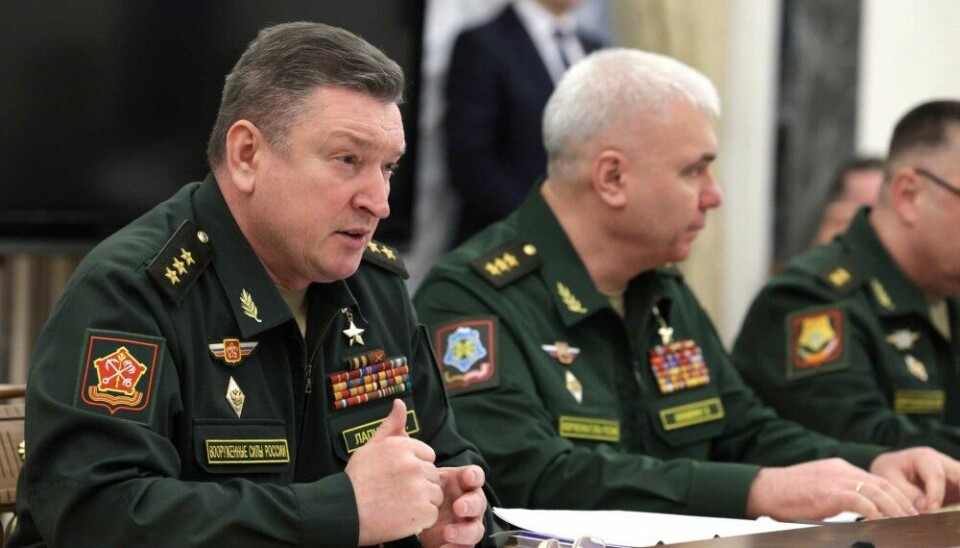
New commander of North Russian armed forces has waged war in Ukraine and Syria
Three-star General Aleksandr Lapin is appointed head of the Leningrad Military District.
Lapin was on the list of Vladimir Putin’s new team of military leaders as announced by the Kremlin on the 15th of May. He will head the Leningrad Military District, one of five military districts of the Russian Armed Forces.
The district covers all of Northwest Russia, including St.Petersburg and Murmansk and Arkhangelsk regions. It also includes the Northern Fleet, which until the 26th of February this year had status as separate military district.
Aleksandr Lapin has served several periods in Syria. In late 2018 he was appointed head commander of the Russian forces in the country.
As Russia launched its full-scale war against Ukraine in 2022, Lapin commanded the Central Military District. In the course of spring that year, journalists from BBC revealed that the high-ranking military man decorated his own son for achievements in the onslaught on two Ukrainian regions. Reportedly, the award ceremony took place as Russian troops were forced to retreat from those same regions.
The 60 year old military man has himself taken part in fighting on occupied land. It is known that Lapin headed forces that battled near Lysychansk in the Luhansk region.
On the 4th of July, he was awarded the order Hero of Russia by Vladimir Putin.
Lapin will now head the Russian forces that are deployed along the borders to Finland and Norway, including the Kola Peninsula.
As reported by the Barents Observer, the recent restructuring of the Russian Armed Forces came shortly after Finland’s entry into NATO. The restructuring included the absorption of the Northern Fleet into a renewed Leningrad Military District and the split of the Western Military District.
In an earlier comment to the Barents Observer, Professor Katarzyna Zysk at the Norwegian Institute for Defence Studies (IFS) said that the restructuring is linked to the fact that Russia has got a much long land-border with NATO.
“The dividing of the Western Military District into the Moscow Military District and Leningrad Military District, as well as possibly subordinate the Northern Fleet to the latter, is a response to NATO enlargement in Northern Europe and expected further changes in allied defense posture,” Zysk explained.
















